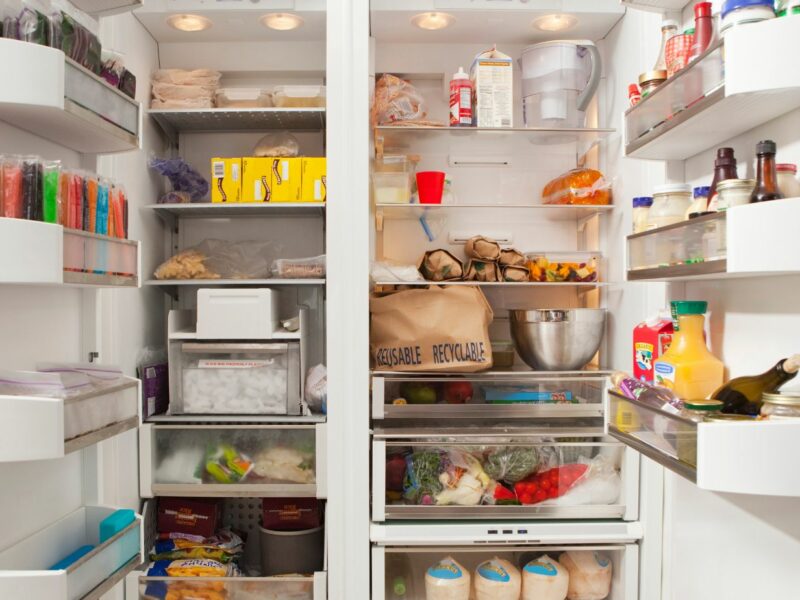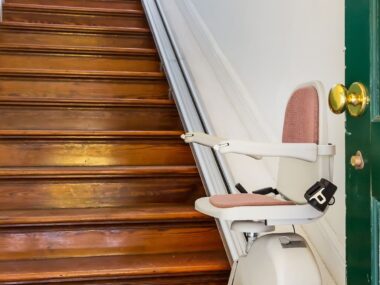Purchasing a second-hand fridge can be a smart and economical choice, offering significant savings over a new model while reducing environmental impact by reusing an existing appliance. However, buying second-hand comes with its own set of challenges and considerations. This guide will help you navigate the process to ensure you get a reliable fridge that meets your needs.
Determine Your Requirements
Before you start looking, identify the size, style, and features you need. Measure the space where the fridge will go, considering door clearance and ventilation space. Decide on the type (top-freezer, bottom-freezer, side-by-side, or French door) and essential features (such as an ice maker, water dispenser, or adjustable shelves).
Set a Budget
Second-hand fridges can vary widely in price. Set a budget based on your research of typical costs in your area, considering the brand and condition of the appliance. Remember to factor in potential delivery fees and any minor repairs or maintenance.
Research and Shop Around
Start your search on online marketplaces like Craigslist, Facebook Marketplace, and local buy/sell/trade groups. Also, check thrift stores, garage sales, and used appliance stores. Take your time to compare options, looking for units from reputable brands known for durability.
Inspect the Fridge Thoroughly
When you find a potential fridge, inspect it carefully:
- Exterior Condition: Look for dents, scratches, and rust. These may not affect functionality but could impact aesthetics and resale value.
- Interior Condition: Check for mold, mildew, and stains. Ensure shelves and drawers are intact and in good condition.
- Seals and Gaskets: Examine the door seals for cracks or gaps, which can lead to inefficiency.

- Cooling and Freezing: Ask to see the fridge plugged in and running. It should cool effectively in the refrigerator section and freeze properly in the freezer section. Bring a thermometer to verify internal temperatures.
- Compressor and Coils: Listen for unusual noises from the compressor and inspect the coils for dust buildup, which can affect efficiency.
Ask Questions
Inquire about the fridge’s history. Ask the seller how old it is, why they’re selling it, and if they’ve experienced any issues. Verify if it has undergone any repairs and whether there are any warranties left.
Consider Energy Efficiency
Older models may be less energy-efficient, leading to higher electricity bills. Look for the Energy Star label or research the model’s energy consumption. Sometimes, paying a bit more for a newer, more efficient model can save money in the long run.
Negotiate the Price
Don’t be afraid to negotiate. Use your research on typical prices to make a reasonable offer.

If the fridge needs minor repairs or cleaning, this can be a point of negotiation.
Arrange for Transport
Transporting a fridge requires care. If you don’t have the means to move it yourself, factor in the cost of hiring a moving service. There are companies out there that ship household appliances. Ensure the fridge remains upright during transport to avoid damaging the compressor.
Clean and Maintain
Once you’ve acquired your fridge, clean it thoroughly before use. Wipe down all surfaces with a mixture of water and baking soda or vinegar to eliminate any lingering odors and bacteria. Regular maintenance, such as cleaning the coils and checking the door seals, will help extend its lifespan.











